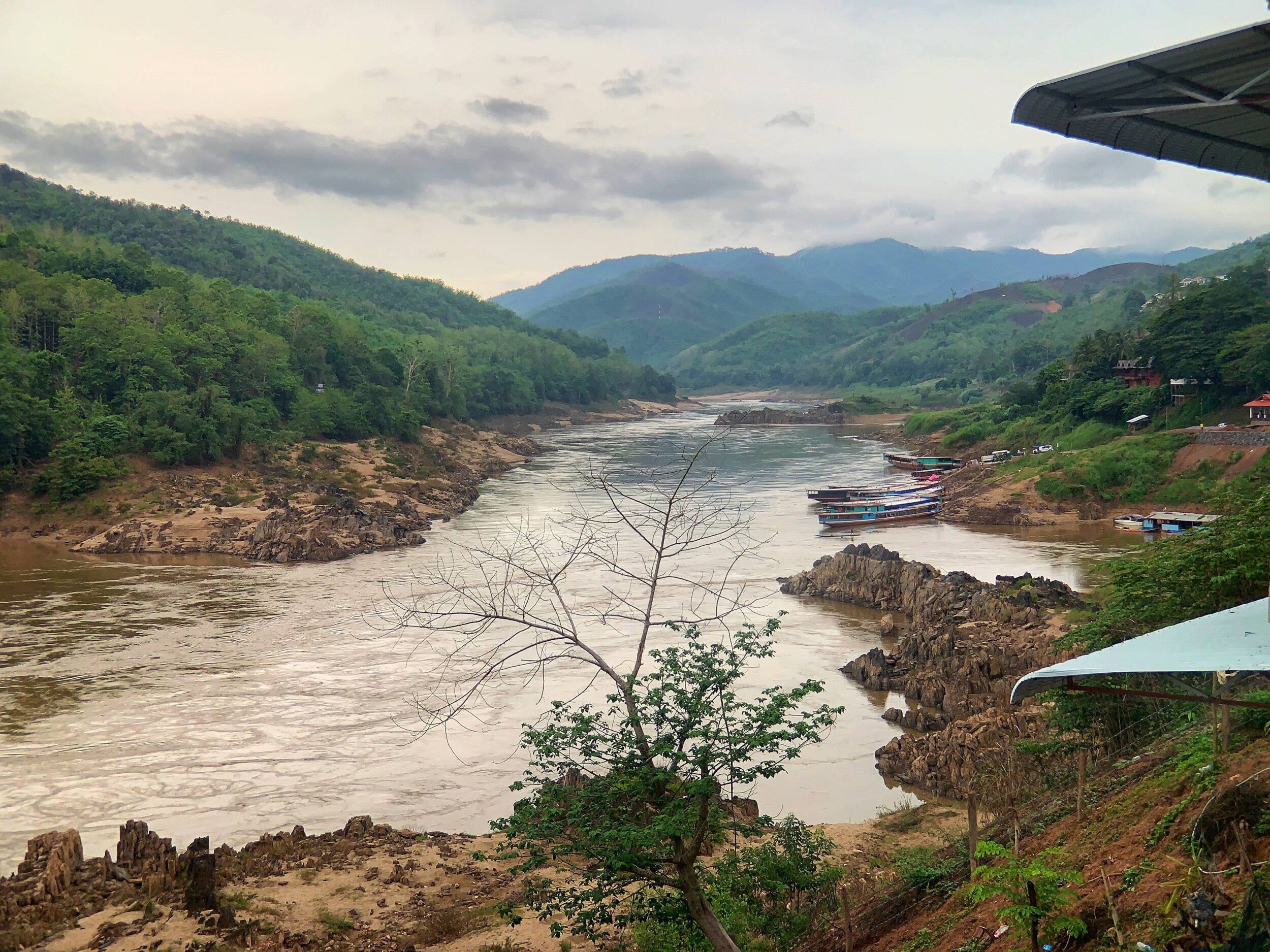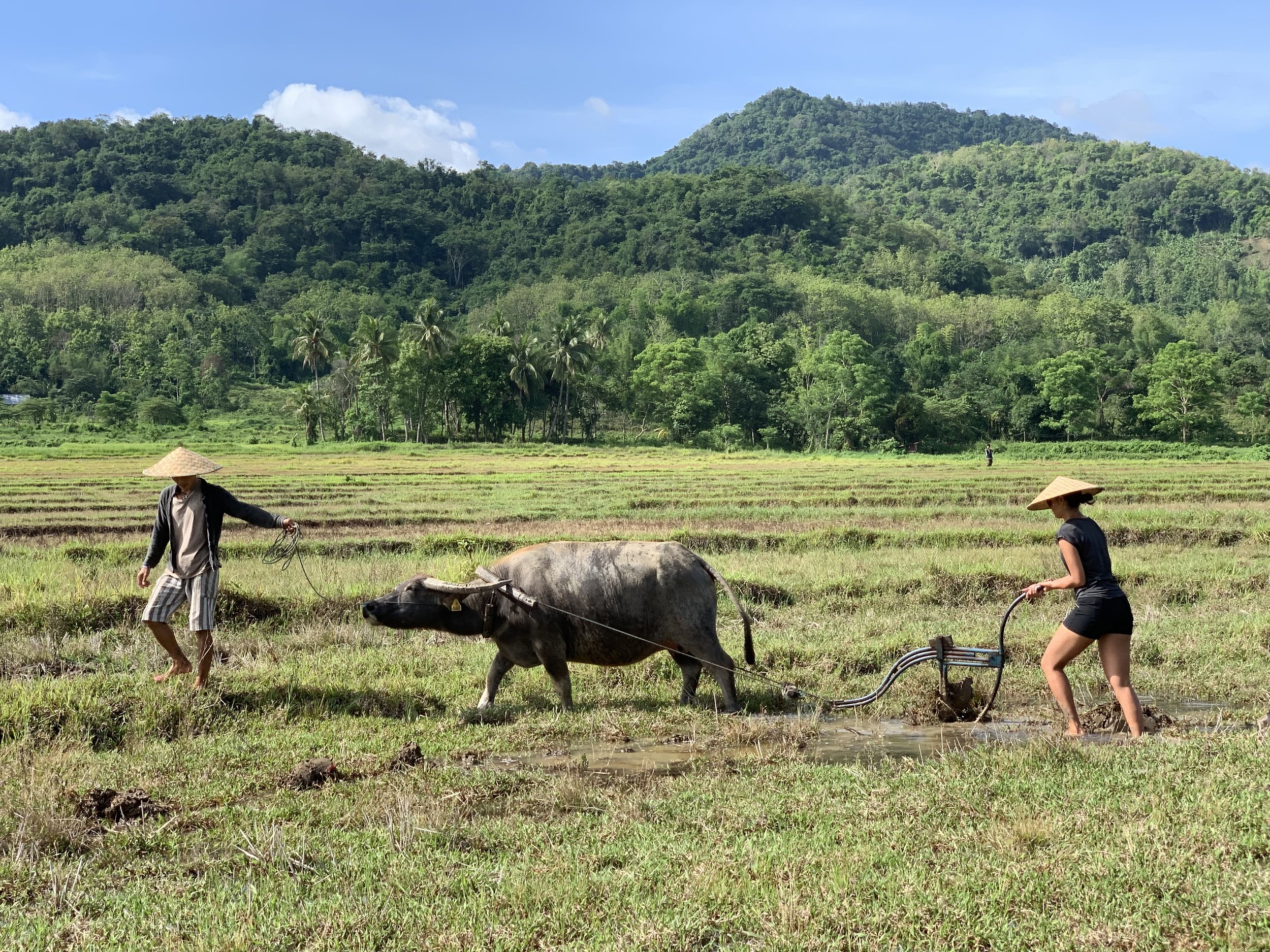White Temple

I knew 2020 would be different. But not like this.
If the freedom we had traveling last year felt like a privilege then, it feels like a blessing today. From a global pandemic to a social movement for overdue justice, our society has been shaken in unfathomable ways since our return. And while there is plenty to say about both issues, the rupture in our world has given us an even deeper appreciation of our trip last year and the conditions that allowed for it.
Borders were open. Travel was unrestricted and public places were full of life. You wouldn’t hesitate to try local food, greet a fellow traveler, or elbow your way through a busy market.
And now?
Travel is confined to the four walls of your home. The parks and streets are either sapped of energy or lit with protest. Street food is disappearing, borders are selective, and social interaction has become as sanitized as our hospitals. Masks and 6-foot protocols have sterilized the shared moments that make daily life, let alone travel, so rewarding.
So when I think about our trip against this backdrop, it feels like a lucky fluke that we slipped it in before 2020. And the simplest experiences or quickest travel stops take on more meaning, as the possibility of them is wholly unavailable to us today.
Chiang Rai was a great example of this. After Chiang Mai, we made a 2-day stopover in the city on a friend’s recommendation (thanks Randy!) on our way to Laos.
A 3-hour bus ride from Chiang Mai and short tuk tuk ride later, we’re in Chiang Rai
We rolled into Chiang Rai with no accommodations booked for the next few nights. This was a first for us, a big change from our more anxious dispositions months earlier when we felt it was necessary to pre-book everything 1-2 weeks in advance. But our experience on the road had slowly released this self-created pressure. We decided we would take advice from locals on how to navigate our way to Laos through a slow boat, something that was easier to accomplish in person versus online.
Like Chiang Mai, the city’s food scene was incredible. On our first night we wandered our way to the night bazaar, about 10-15 minutes away from our hostel. Typical of other markets we frequented in Thailand, stalls were lined up with friendly owners selling everything from mango sticky rice to fried whole fish. Although the region is famous for its khao soi, the hotpot in Chiang Rai was our most memorable meal. We ordered it extra spicy and spent the next hour sweating and slurping a delectable mix of fresh veggies, egg, glass noodles and chicken from a coal-heated clay pot of boiling broth.
Choices, choices…
Undoubtedly, Chiang Rai’s most famous attraction is the temple-turned-art exhibit Wat Rong Khun, also known as the White Temple. A local artist renovated the temple into an elaborate, all-white masterpiece that looks teleported from a sci-fi movie or Tolkien novel. Thousands of hands and skulls greet you at the first bridge, creating an eerie but beautiful welcome. As a place former worship, the temple feigns irreverence at the same time, with pictures of Pokémon, Michael Jackson and other Western icons interspersed throughout the temple’s inner walls. Unfortunately there were no pictures allowed on the inside.
The bizarre but beautiful White Temple
The surprises continue as you walk the grounds, with Ninja Turtle statues found no more than 5-minutes away from a two-story Ganesh resting atop an all-gold temple. The clash of Eastern and Western cultures was unexpected but…relatable.
Turtle power meets 🕉
And if the white isn’t your color, of course there is the beautiful Blue Temple in town, Wat Rong Suea Ten. Similar to the White Temple, it has a modern touch to it as it was built within the last 20 years atop older temple ruins.
The radiant Buddha at Blue Temple. 40-foot Buddha statues never get old.
And that’s our last stop in Thailand. Grateful for every part of it. Laos is next!





